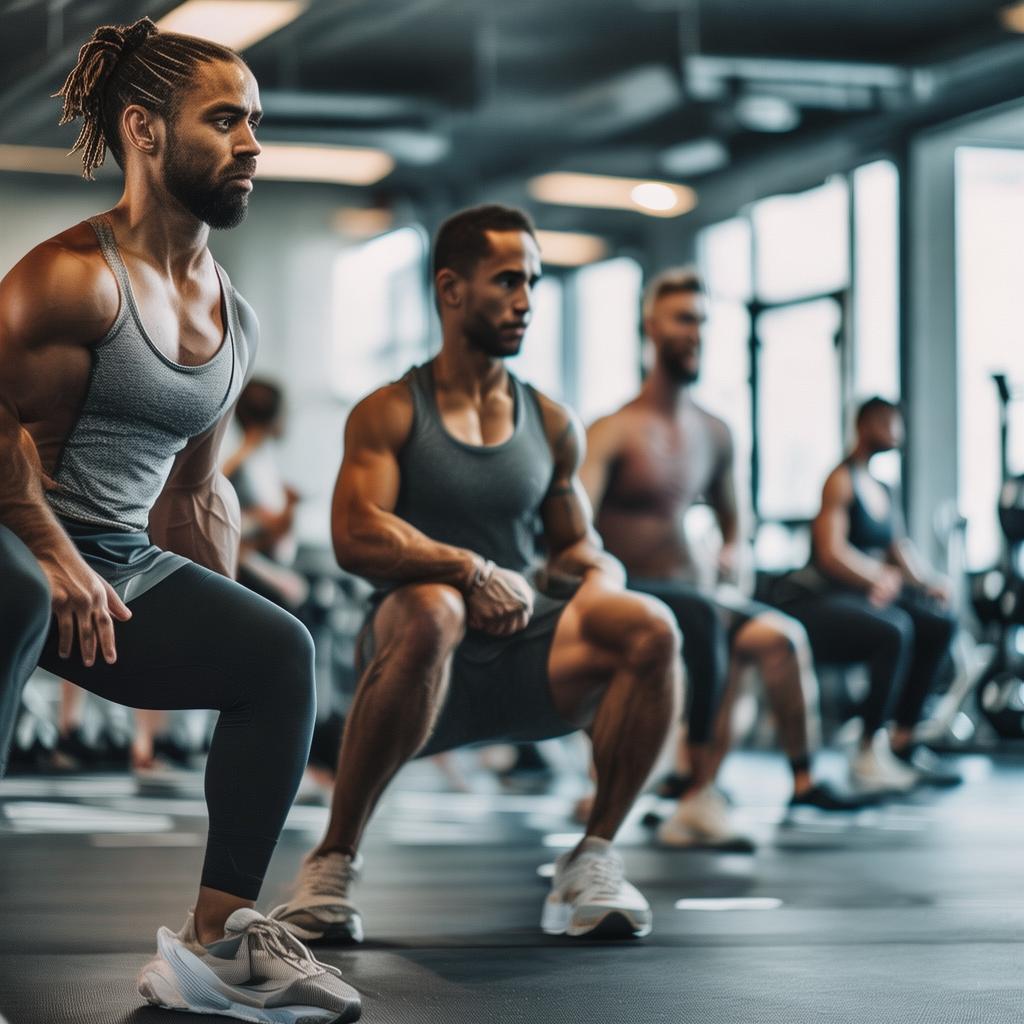Introduction to Back – Training and the Significance of High Pull – Down
For those who are passionate about fitness and love immersing themselves in the gym, the gym is a place of self – shaping. We hold cold equipment and face the bright mirror, striving to create the perfect self in our hearts. Every training session and every action are closely related to gym equipment. What may seem like simple and straightforward actions actually involve a great deal of strength knowledge. To train beautiful and well – defined muscles, the most crucial aspect lies in the details of the training. The “High pull down” movement is a great example. Different grips and spacings can have a significant impact on the shaping of the back muscle groups.
High Pull – Down: Wide Grip for Back Width and Narrow Grip for Back Thickness
The sitting high pull down is a very important movement for the back muscle group. It mainly trains the latissimus dorsi, small and large round muscles, spine muscles, posterior deltoids, trapezius muscles, and other small back muscle groups. The wide – grip high pull down mainly targets the upper and lateral parts of the back latissimus dorsi, effectively increasing the width of the back. On the other hand, the narrow – grip pull down mainly focuses on the lower edge of the latissimus dorsi, which can increase the thickness of the latissimus dorsi.
Wide Grip High Pull – Down Movement Process
Sit on the fixed seat chair of the high pull – down machine. With a wide grip, hold both ends of the bar. Slightly lean the body backward, lift the chest, and sink the shoulders. Inhale, contract the latissimus dorsi, and pull the bar vertically down from above the head to the chest. Tighten the shoulder blades and the latissimus dorsi. Pause for about 2 seconds for peak contraction. Then exhale, maintain body stability, and slowly release the hands to stretch the latissimus dorsi and return to the starting position.
Narrow Grip High Pull – Down Movement Flow
Sit on the fixed seat chair of the high pull – down machine and hold both ends of the bar with a narrow grip. Lean back, lift the chest, and sink the shoulders. When holding the bar with both hands, try to pull the elbows back as far as possible to maximize the stimulation of the back muscles. Then inhale, contract the latissimus dorsi, and pull the handle vertically down from above the head to the chest. Pause slightly for about 2 seconds for muscle peak contraction. Exhale, hold the bar with a narrow grip with both hands, and slowly put it back along the original path. The latissimus dorsi muscle should stretch synchronously with the speed of the hands being put back until it is fully stretched and returns to the starting position.
Details to Note for High Pull – Down
First of all, during the exercise, keep the back leaning backward to ensure body stability. Do not sway back and forth and control the force. When the action returns, never lift the buttocks off the cushion, as this will only make the training ineffective. Secondly, pay attention to the pulling – down action. Whether it is a wide grip or a narrow grip, use the back to generate power. When pulling down, first sink the shoulders and then pull down. If only relying on arm strength to pull down, the training effect will be greatly reduced. In addition to the wide and narrow grips, we can also use a backhand or forehand grip on the bar. Different grips and distances can maximize the back muscles.
The Impact of Training Sets and Reps on Muscles
Different numbers of repetitions have different impacts on muscles during training. When completing the maximum number of times per group under standard actions, 6 times or less is for improving strength, 8 – 12 times is for increasing muscle content, and 15 – 25 times or more is for improving muscle separation and line sense. More repetitions are for fat loss. It is recommended to all muscle – building partners that excessive training is not only harmful to muscle building but may also lead to arthritis. We must be progressive and stop in moderation.
Other Back – Training Movements
In addition to the high pull – down, there are also seated rowing, v – handle narrow grip, prone rowing, pull – ups, goat jerk, etc. These movements are also excellent for training the back muscles. We should be flexible and use a variety of movements together to achieve the best results.





